Cats have fascinated humans for centuries with their graceful movements, intriguing behavior, and mysterious eyes. As you watch your feline companion dart across the room or fixate on something invisible to you, you might wonder what the world looks like through their eyes. Let’s explore nine intriguing facts about how cats see the world, revealing both the science and the magic behind their unique vision.
1. Cats’ Night Vision is Remarkable
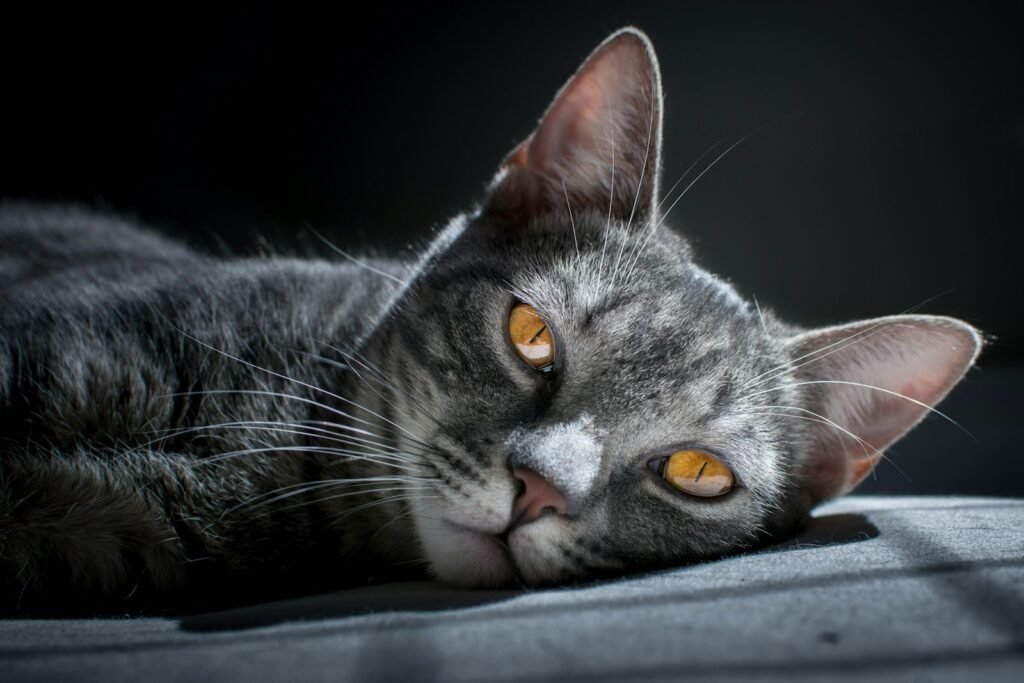
Cats are renowned for their ability to see in near darkness, a skill that can be traced back to their ancestors—wild nocturnal hunters. This incredible night vision is due to a high number of rod cells in their eyes, which are more sensitive to low light than the human eye. Additionally, cats possess a tapetum lucidum, a layer of tissue that reflects light back through the retina, enhancing their ability to see in dim conditions.
2. The World Through a Cat’s Eyes is Less Colorful
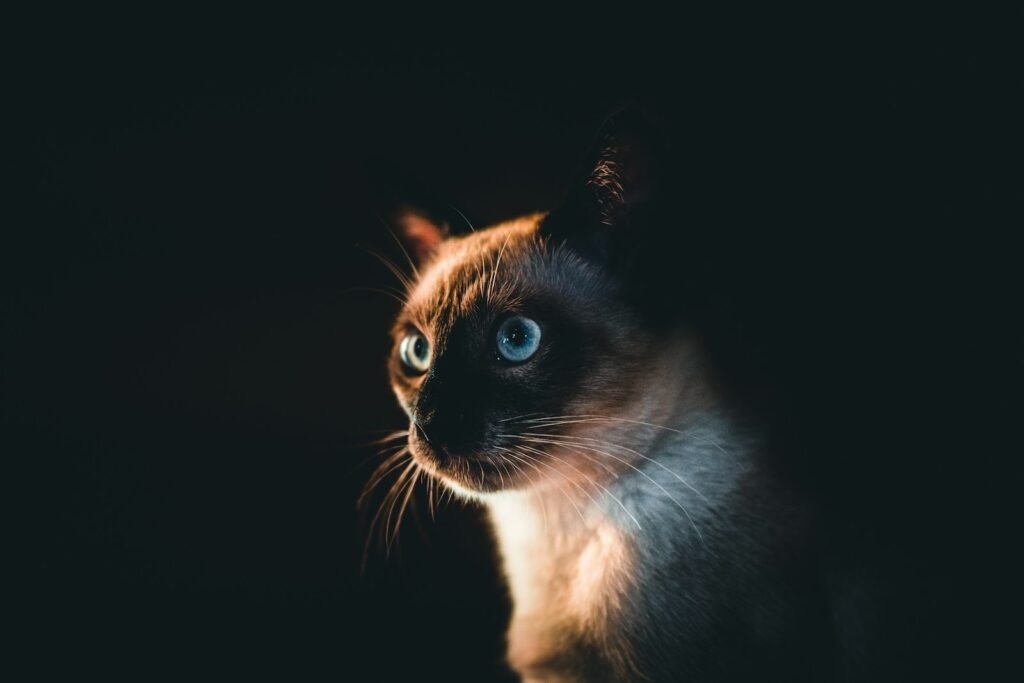
While cats do perceive color, their color vision is not as vibrant as humans’. Cats are considered “dichromats,” meaning they primarily see shades of blue and green. Reds and pinks might appear as grayish, while purple may look like another shade of blue. This color limitation does not hinder their hunting abilities, as their primary prey, such as rodents and birds, rely more on movement than their own inability to see a pastel world.
3. Cats Have a Wider Field of View
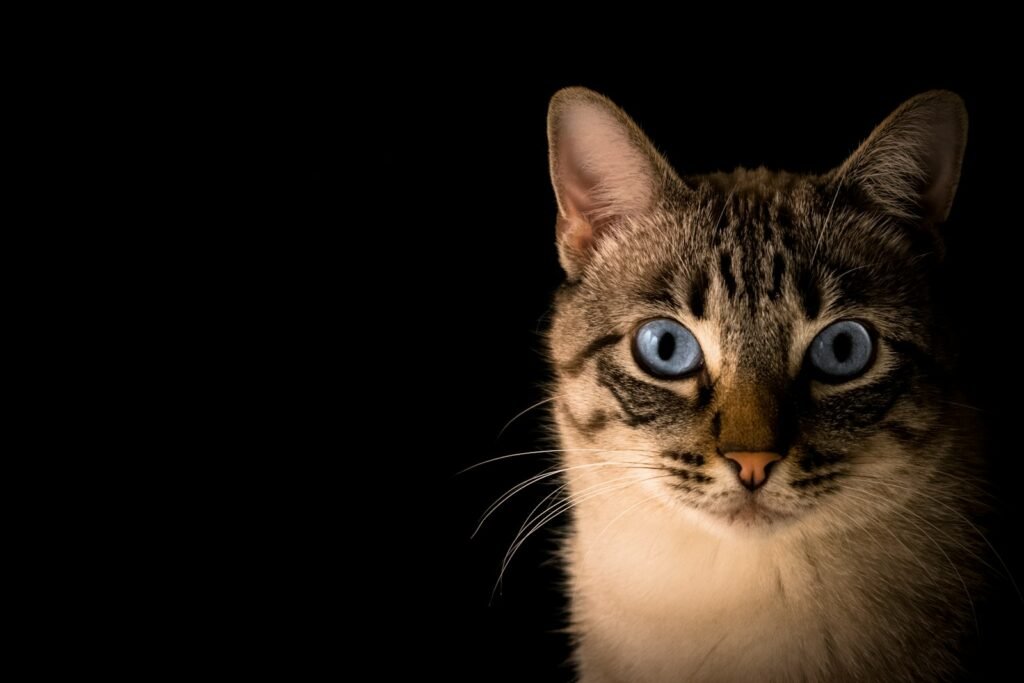
Compared to humans, cats have a slightly wider field of view. Humans typically have a field of view of about 180 degrees, while cats have approximately 200 degrees. This broader perspective is advantageous for spotting potential prey and identifying threats from the sides, a critical factor in survival for tiny hunters.
4. Cats’ Eyes Adapt Quickly to Changing Light
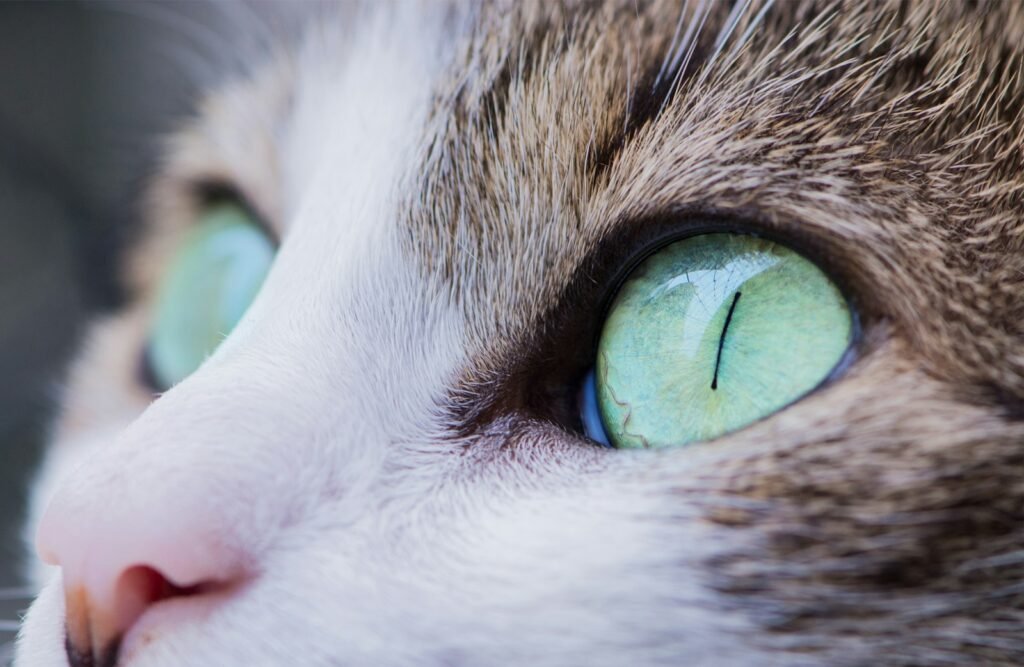
Have you ever noticed your cat’s pupils rapidly changing size? Cats’ pupils can change size dramatically and rapidly to adapt to varying light conditions and to focus on objects more effectively. This ability not only aids in adjusting to sudden changes in lighting but also helps them focus quickly on fast-moving objects, like a toy mouse zooming across the floor.
5. Cats Might be Nearsighted
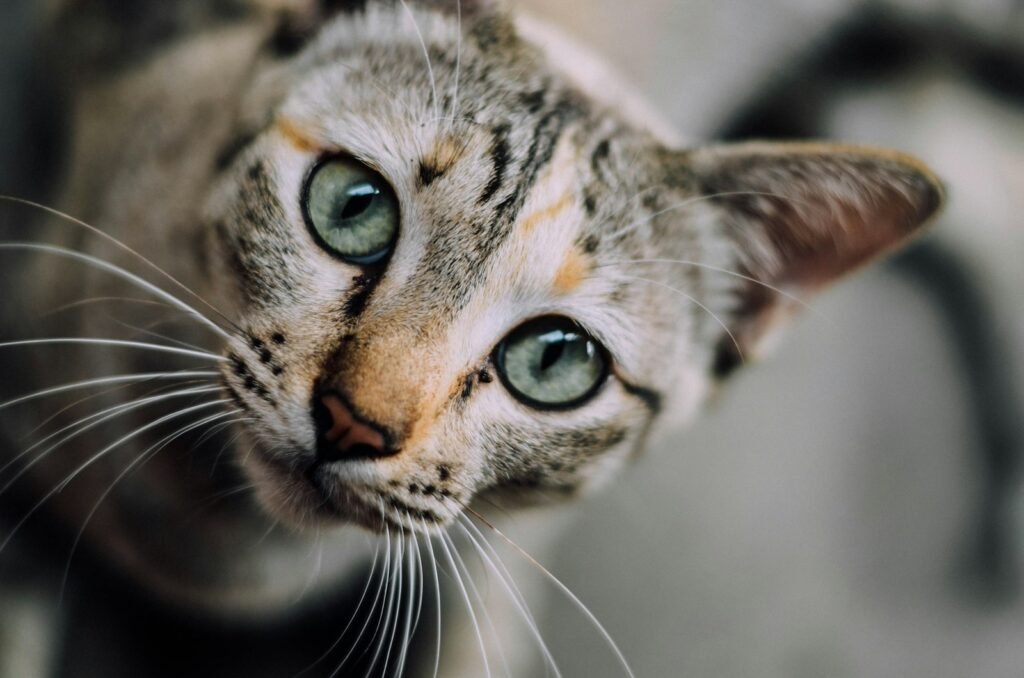
While cats excel in low-light conditions and have a wide field of view, they may struggle to focus on objects far in the distance. It is believed that cats are slightly nearsighted; what they see at 200 feet, humans can see at 20 feet with the same clarity. This nearsightedness does not impede their ability to catch prey since most of their hunting occurs over short distances.
6. Cats Use Whiskers as Sensory Tools
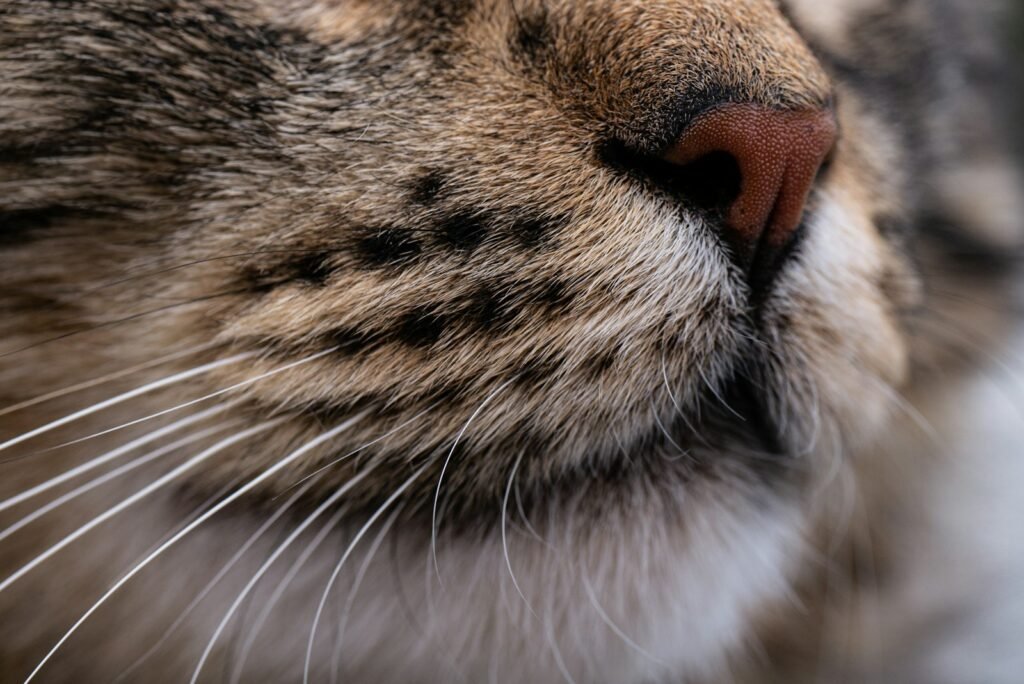
Although not directly related to their eyesight, a cat’s whiskers play a crucial role in how they perceive the world. These specialized hairs are embedded with nerve endings and help detect changes in their environment, such as the proximity of objects or changes in air currents. Whiskers aid in navigation, especially in the dark, complementing their other sensory inputs.
7. Cats’ Eyes Communicate Emotion
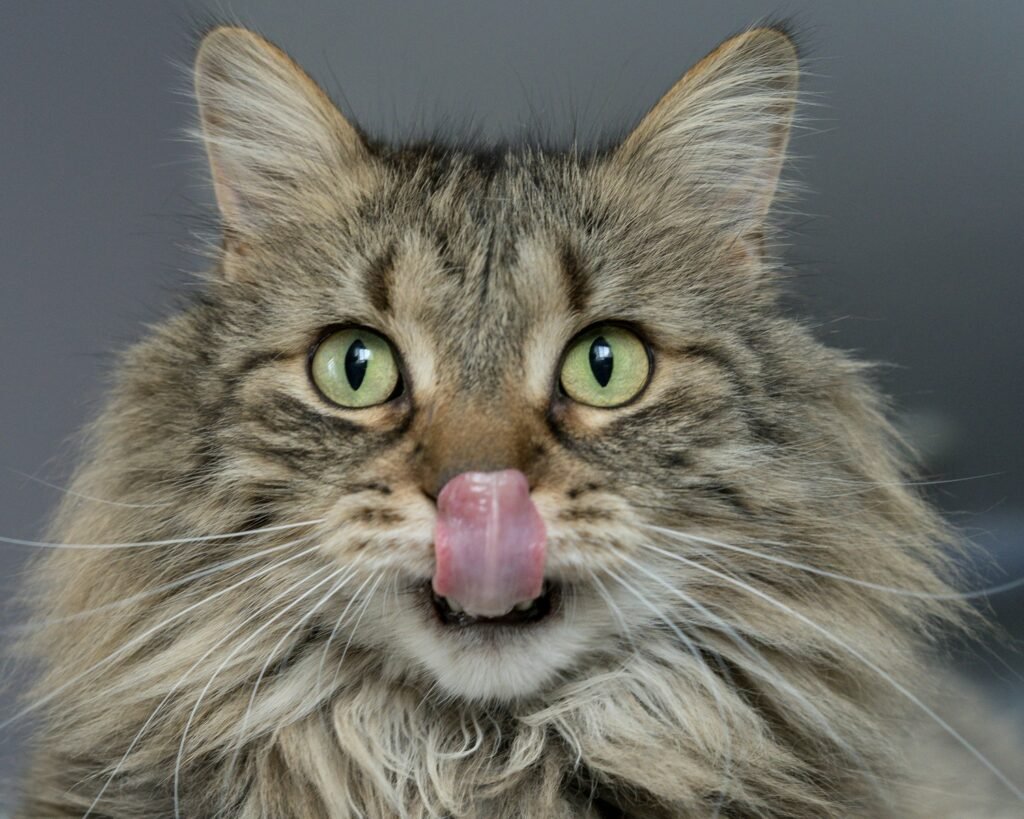
A cat’s eyes can be quite expressive, offering insights into their emotional state. Slow blinking between a cat and its owner often signifies affection and trust. Conversely, wide-open eyes might indicate fear or high alertness, while half-closed eyes suggest a state of relaxation and contentment. Understanding these subtle cues can enhance the bond between you and your feline friend.
8. Cats Detect Movement Exceptionally Well
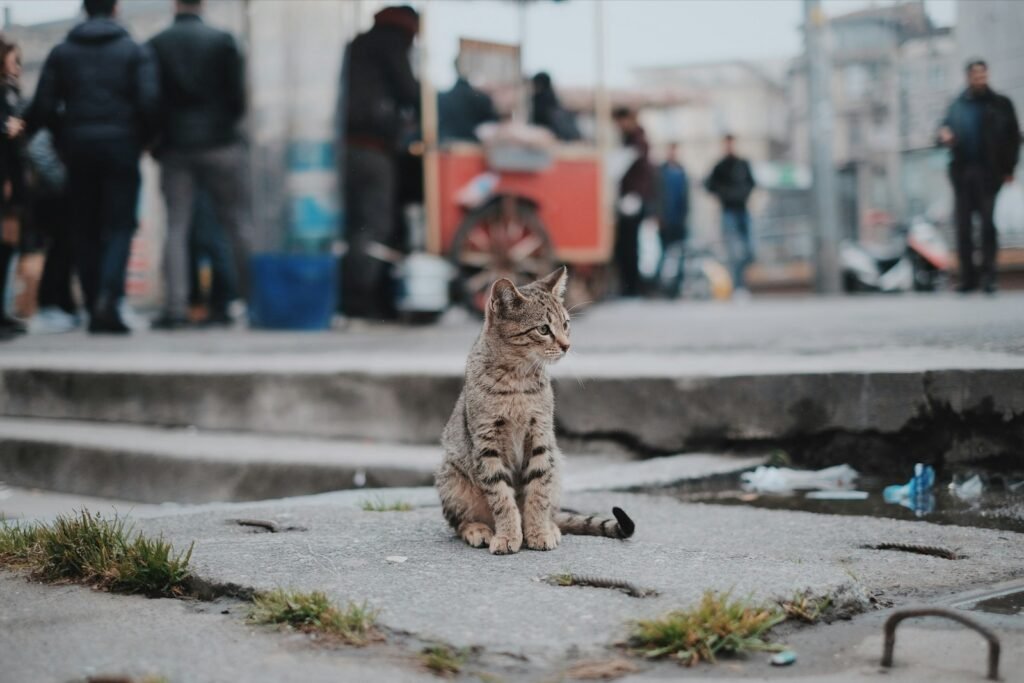
Cats are natural born hunters, and their eyes are finely tuned to detect even the slightest movement. This ability to sense subtle motions is a key aspect of their predatory skills, allowing them to track and capture fast-moving prey with great precision. Their sensitivity to motion means they are likely to notice a small insect scurrying or a toy being waved at a distance.
9. Cats’ Eye Shapes Have Evolved for Survival
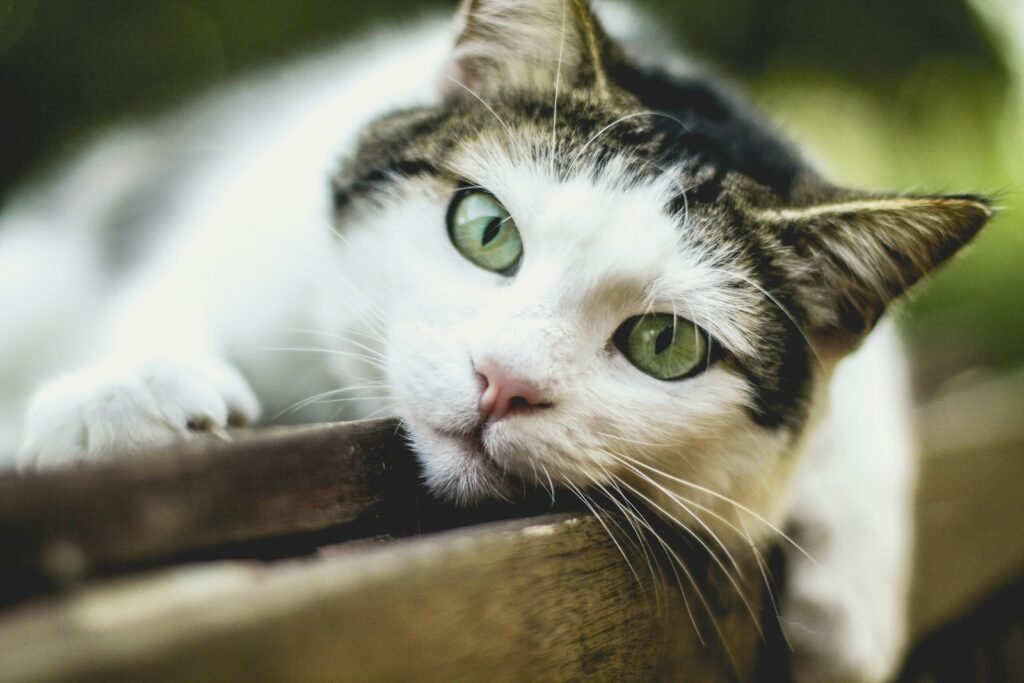
The vertical slit shape of a domestic cat’s pupil is an evolutionary adaptation that enhances their depth perception and ability to gauge distances quickly, especially during dusk and dawn, which are their prime hunting times. This eye shape offers precise control over the amount of light entering the eye, which is crucial for a predator that thrives in variable light conditions.
In conclusion, cats see the world quite differently than we do, with specialized adaptations that suit their lifestyles as playful companions and stealthy predators. From their incredible night vision to their ability to communicate emotions through eye contact, understanding these unique visual capabilities allows us to appreciate our feline friends on a deeper level. Next time you interact with your cat, consider these fascinating aspects of their vision, and you might just see them in a new light.






